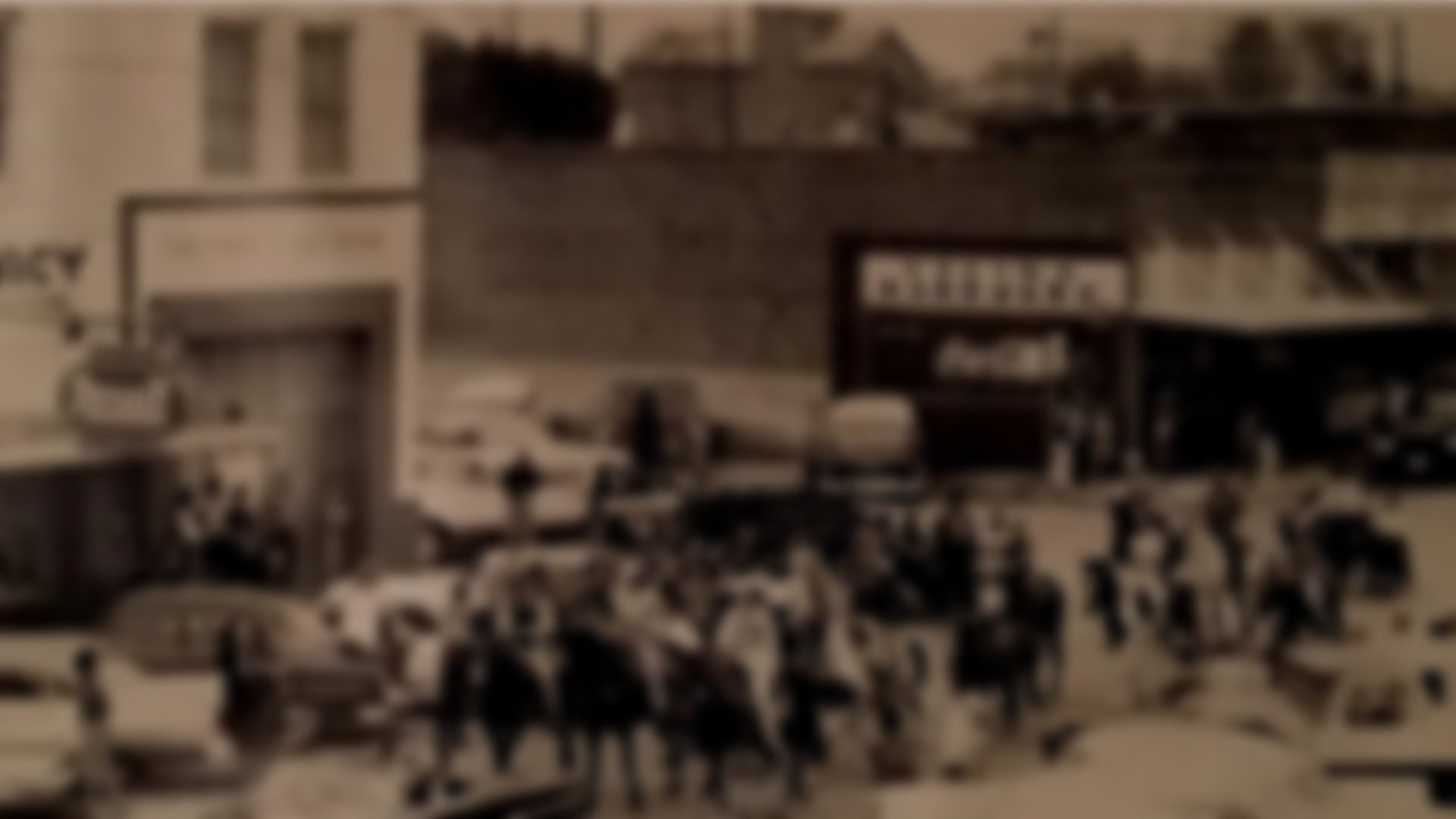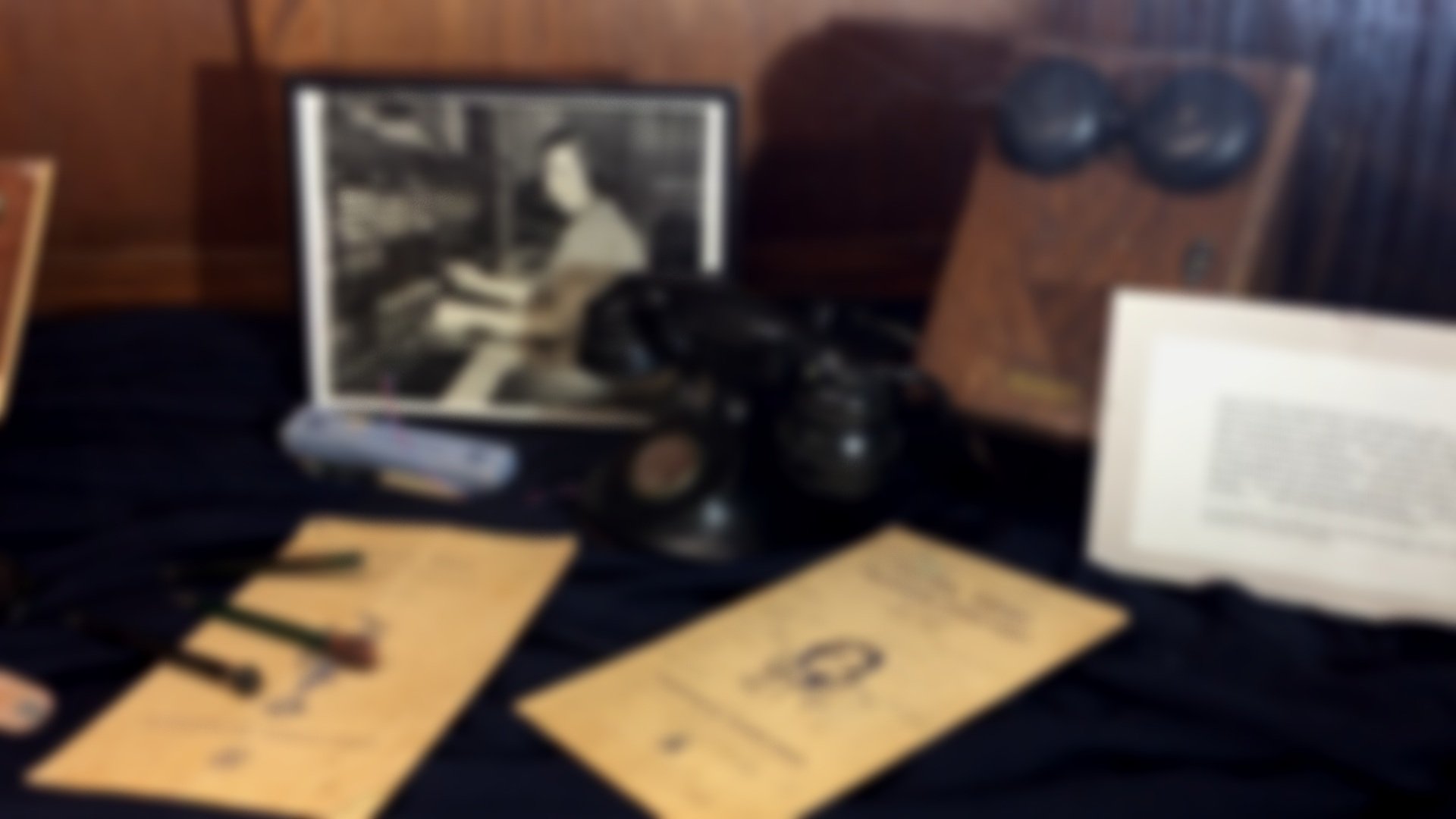
IT WAS A GRAND, GRAND OPENING!
THANKS TO ALL WHO HELPED MAKE IT GRAND!

Homer Lafayette Merritt discovered a 13-foot-long Xiphactinus audax fossil near Haw Creek in 1930. The longtime Celina resident worked as a local farmer and entrepreneur and also served on the City Council prior to his death in 1964. (Photo courtesy of Jane Huddleston)
A massive fossil, excavated in Celina nearly 90 years ago, has been on display at the Texas Memorial Museum since the late 1930s. (Photo courtesy of Texas Memorial Museum)
A marker at County Roads 455 and 127 features a photo and history of the Xiphactinus audax fossil found there in 1930 by Celina resident Homer Merritt. (Photo courtesy of Lisa Ferguson)
There are likely very few Celina residents remaining who can recall when, 88 years ago, a massive fossil was discovered east of the city in Haw Creek by resident Homer Lafayette Merritt. It is that of a bony fish called a Xiphactinus audax, which lived some 65 million years ago during the Cretaceous Period.
A metal sign posted at County Roads 455 and 127 marks the area of Merritt's 1930 find and features a photo of the fossil as well as a bit about its history, as culled from the book A History of Collin County, Texas by J. Lee and Lillian J. Stambaugh.
During the Cretaceous Period, "large areas of Texas were covered by warm seas containing a great many kinds of strange plants, fish, clams and reptiles. Initially covered by soft, limy deposits at the bottom of the sea. through time agents of erosion exposed many of these fossils. This particular fish is a relative of present-day tarpon, salmon, herring and trout."
The nearly 13-foot-long Xiphactinus audax fossil has been on display since 1939 at the Texas Memorial Museum, located on the campus of The University of Texas in Austin, where it is featured on an audio tour for visitors. According to Dr. Pamela Owen, associate director of the museum, the fossil was first displayed on campus in 1936 as part of an exhibit in honor of Texas' centennial celebration.
Considered to have been a fierce predator, the Xiphactinus audax could reach up to 20 feet in length. Its name, meaning "saber rod," came courtesy of the sword-like pectoral fins that helped to maintain its balance. Populated with large fanglike teeth, its upturned jaw could open wide enough to swallow whole a 6-foot-long fish and also lent its face a bulldog-like appearance.
A 1940 informational circular from the Texas Memorial Museum described the fish in detail: "The long, slender body, powerful fins and large tail show that these fish were fast and powerful swimmers. The sharp teeth indicate that the fish were able to cope with the giant aquatic reptiles of that time. The bony ring surrounding the eye served as a protecting shield."
"The eye is kind of scary looking," Owen said recently. "It's something definitely prehistoric and something you wouldn't want to run into or hook on your line if you were out fishing in the Gulf.... A lot of visitors, when they see the big, toothy mouth, I hear them say, 'Oh, it looks like a piranha,' and I guess that is what comes to mind. Obviously, it's something that lived in the marine realm and not a freshwater animal."
According to the Texas Memorial Museum circular, the fossil found in Celina was "dug from solid rock" after having been "buried in hundreds of feet of soft mud and later fossilized. When the land rose and the shallow seas retreated from the area... the land was exposed to the wind and rain, and after millions of years the skeleton of this giant fish was exposed to sunlight."
The fossil was excavated from the Austin Chalk, a geologic formation that "extends into Kansas and Colorado. The continuous beds carrying characteristic marine fossils from Texas to Kansas prove that the sea reached from Mexico and Texas into those states."
Born in 1902, Homer Merritt and his family moved from Tennessee to Celina when he was a teen. He later was a student at the University of Oklahoma. While in his mid-20s, he discovered the Xiphactinus audax fossil and called the university, which sent a tearn to Celina to excavate it.
In a Celina Record newspaper article published on Nov. 13, 1930, University of Oklahoma Geology Professor J. Willis Stovall was quoted as saying, "Homer Merritt is to be commended for reporting this find to the department of paleontology. If such spirit is kept up it will not be long before O.U. has a remarkable collection of vertebrate fossils."
Owen said the Xiphactinus audax fossil was purchased from OU by UT. It had been excavated minus its tall fin… a fact she learned from late paleontologist Dr. Wann Langston Jr., an OU graduate who had studied under and worked alongside Stovall before serving as director of the Vertebrate Paleontology Laboratory at UT from 1969 through 1986.
A tail from another Xiphactinus audax fossil was attached to the specimen recovered in Celina. "So, the fossil we have an exhibit is technical the components of two different individuals," Owen explained, "but most of the fish is from the one that was originally found in Celina. I'm not sure where the tail is from."
Overall, It's a stunning specimen," Owen said of the fossil found by Merritt. "Not just for its size, but for its beauty and the details you can see, especially on the head."
Homer Merritt went on to wed his wife, Gladys, in the mid-1930s. For years, he worked as a local farmer and entrepreneur. With a group of men from the area, he helped organize the Celina Cooperative Gin. Merritt also served on the Celina City Council, owned an implement dealership and managed a local mill prior to his death in 1964. He and Gladys, who passed away in 1990, were laid to rest at Cottage Hill Cemetery. The couple's children - son Mike Merritt and daughter Jane Huddleston - continue to reside in Celina.
The Xiphactinus audax fossil was not Homer Merritt's first prehistoric find in Celina. According to a 2013 account penned by Huddleston, area resident Julia Rucker recalled that Merritt had previously discovered another large fossil in Haw Creek on the west side of CR 127. However, that specimen was reportedly damaged during the excavation process.
Also in 1930, a Celina resident named Roy Williams reportedly discovered another formidable fish fossil about nine miles northeast of the city. The specimen, which reportedly measured 18 feet long and boasted a large eye socket, is believed to have been taken to Southern Methodist University.
READ MORE…

SOMETHING NEW - SOMETHING DIFFERENT!

We are excited to go from this…

To this…Come in and experience it for yourself! WE’RE OPEN!

A HISTORY OF CELINA WITH PICTURES AND MUSIC

MUSEUM HOURS
WEDNESDAY - SATURDAY 10 am to 3 pm
Admission is FREE! Donations are welcome!
A SPECIAL EXHIBIT!
The new “Then and Now” display is up and ready to be enjoyed.
18 “Then” vintage photos and the “Now” photos beside them on the wall with QR codes giving you more information.
A short video of Texas and Celina history plays continuously.
Interesting, educational, and just fun to see!
Come to the museum Wednesday - Saturday , 10:00 am to 3:00 pm.
SEE THE VIDEO!

HISTORY COMES ALIVE!
THEN AND NOW
Come and see for yourself!
Believe it or not, our museum has the power to create unity on every social level…
HOW?
Because local museums like ours are able to provide a sense of place and community by celebrating a collective heritage and offering a great way to get to know the history of the Celina area!
The Visitor’s Center and Museum
celebrates a thriving, vibrant and diverse cultural life in our community…
and encourages tourism – museums are one of the country’s most popular visitor attractions!
THEN…
Be a part of us…get involved!
Help us preserve, promote and protect one of the few irreplaceable public assets, our heritage, which is fundamental to maintaining a healthy and prosperous civil society.
…AND NOW

SIGN UP NOW AND WE’LL ADD YOU TO OUR LIST TO RECIEVE MUSEUM UPDATES AND INFORMATION










